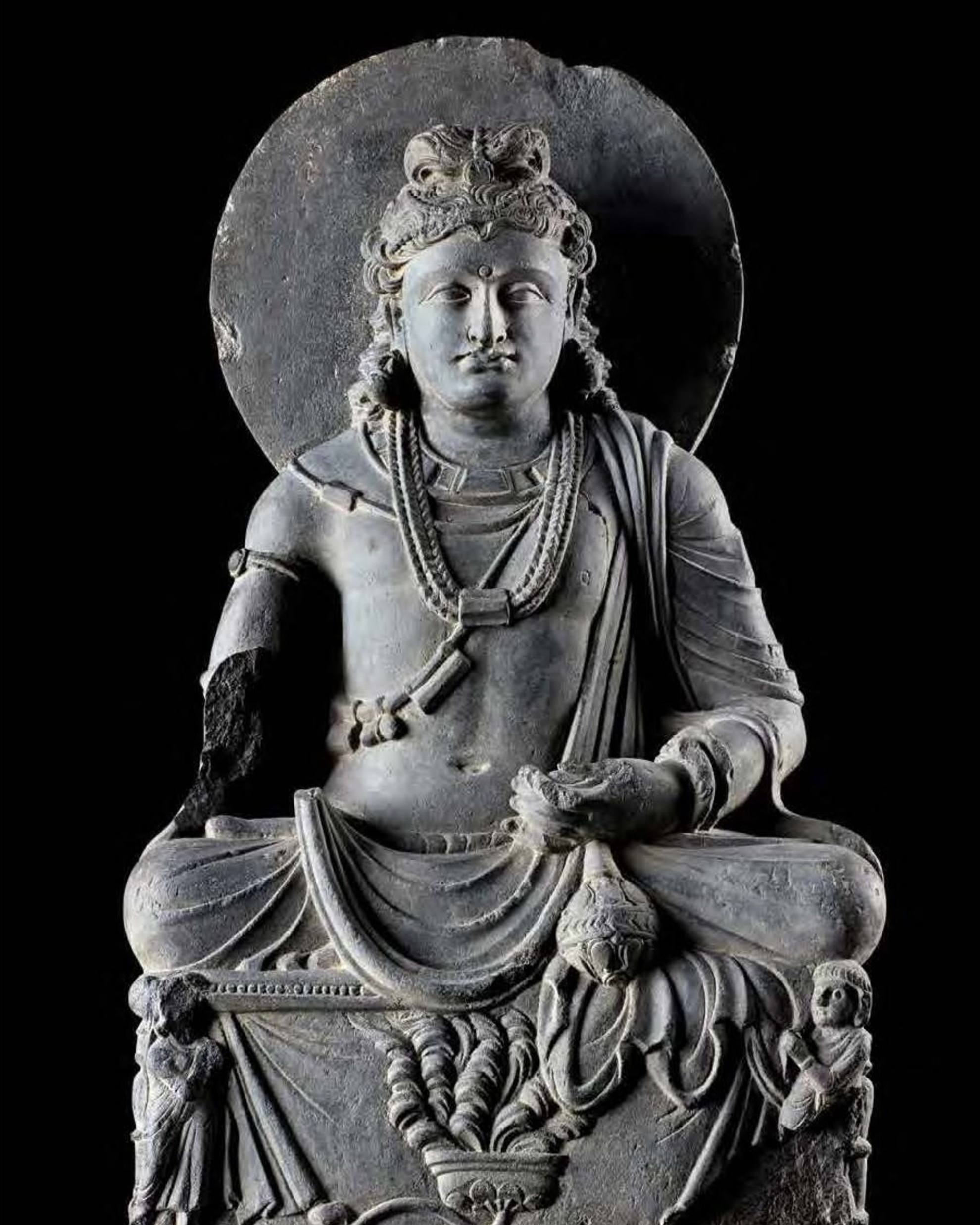
From Mt. Olympus to Nirvana
LOST HORIZONS
Renzo FreschiBetween present-day Afghanistan and Pakistan, in the region that the ancient Greeks called Bactria, the slender and athletic Apollo had met with Buddha, who in the Western imagination tends to be plump: that was the stunning piece of news (a genuine journalistic scoop) that archeologists and travelers brought back from the East in the nineteenth century. For long ages, Buddha had been a footprint, a wheel, a tree, a character in Sanskrit. His impressive exploit of entering Nirvana, and thus gaining full right to vacuity and cessation, discouraged humans from depicting him in human form; but at a certain point, inspired by Apollo, the Buddha had courteously condescended to assume an anthropomorphic simulacrum, with the straight-lined profile of a Hellene, donning Mediterranean tunics and draping them over his body like an Athenian or a Roman quiritis. Thus the art of Gandhara was born, a seductive, slow-release foreshadowing of the phenomenon – which has since become all-enveloping and voracious – that we now call globalization.







